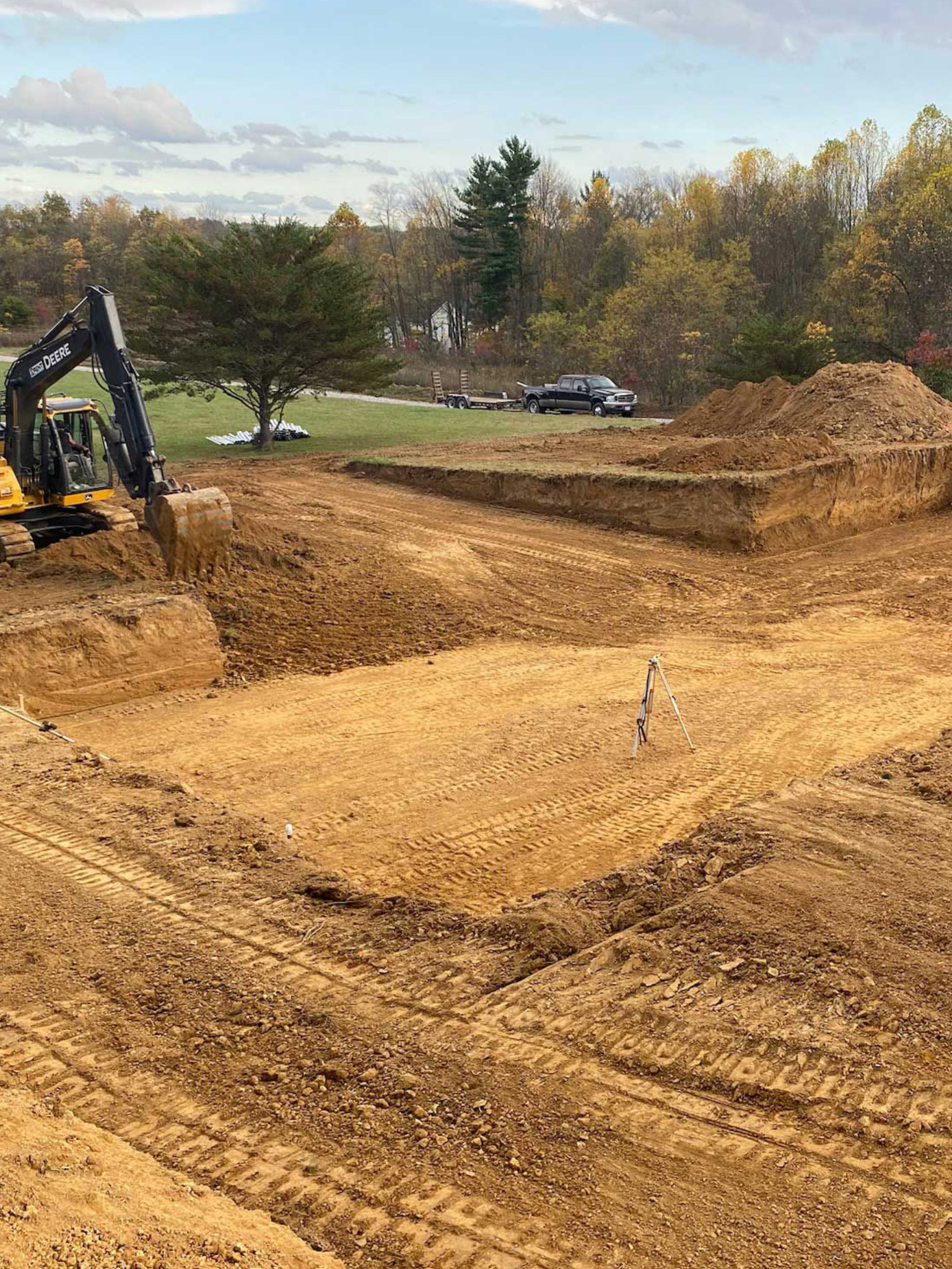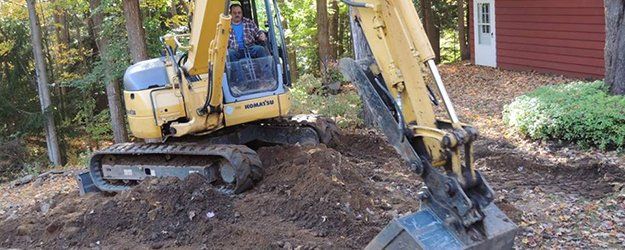Comprehensive Excavation Techniques: Understanding the Principles for Success
The cautious preparation, precise implementation, and precise attention to detail required in excavation tasks demand a thorough approach that encompasses various essential elements. The real mastery exists not merely in understanding these principles however in flawlessly integrating them to browse the intricacies of excavation projects with finesse.
Comprehending Excavation Project Preparation

The initial stage of any kind of excavation task is the preparation phase, where vital choices are made that can dramatically influence the outcome of the project. Recognizing the task scope, spending plan, and timeline restraints is essential for creating an extensive excavation strategy that makes certain the task's success.
One secret element of excavation project preparation is the development of a detailed timeline that details the series of milestones, deadlines, and tasks. By meticulously taking into consideration all these aspects during the planning phase, excavation tasks can be carried out efficiently and effectively, leading to successful results - lancaster trenching.
Soil Analysis and Site Assessment
Carrying out complete dirt evaluation and website assessment is a vital action in the preparation phase of any type of excavation task. Dirt evaluation includes establishing the composition, structure, and residential properties of the soil at the excavation site. This details is vital for comprehending the soil's bearing capacity, moisture content, and capacity for erosion, which are key aspects in establishing the excavation techniques and devices required for the task.
Website assessment surpasses soil analysis and encompasses a more comprehensive analysis of the overall website conditions. This evaluation consists of identifying any kind of potential risks, such as below ground energies, ecological worries, or unstable terrain, that can affect the excavation procedure. By thoroughly assessing the site, task managers can create reliable excavation methods that prioritize safety and security, efficiency, and environmental management.
Utilizing advanced modern technologies like ground-penetrating radar, dirt tasting, and drone surveys can improve the accuracy and efficiency of dirt evaluation and site examination. Spending time and sources in these initial actions can ultimately conserve time and protect against pricey delays or problems throughout the excavation procedure.
Tools Choice and Use
Efficient excavation tasks depend heavily on critical tools choice and application to make certain optimal performance and performance. Selecting the right equipment for the job is essential in maximizing performance and decreasing downtime. Elements such as the sort of dirt, deepness of excavation, and job scope play a significant duty in establishing one of the most suitable equipment for the job handy.

Along with picking the appropriate equipment, correct usage is essential to task success. Operators needs pop over to this web-site to be educated to deal with the devices securely and successfully - septic ohio. Regular maintenance checks and prompt fixings assist prevent malfunctions and make certain consistent performance throughout the task
Safety Steps and Rules Compliance
In the realm of excavation tasks, focusing on safety and security steps and compliance with laws is paramount to ensuring a safe and legitimately my review here sound operational atmosphere. Precaution include a variety of methods, including performing comprehensive website evaluations, applying appropriate signs and obstacles, and providing ample safety and security training for all employees entailed in the excavation procedure. Adherence to laws, such as OSHA needs in the USA, makes sure that the excavation project meets the required standards to secure workers, spectators, and the surrounding setting.

Tracking Progress and Adjusting Methods
Exactly how can predict supervisors successfully track the innovation of excavation tasks and adjust their techniques as necessary to optimize results? Surveillance progression is necessary for making sure that excavation projects remain on track and meet target dates. Project supervisors can utilize different devices and techniques to track progress, such as day-to-day report card, normal site inspections, and advanced tracking innovations like drones and general practitioners tracking systems. By continually keeping track of the job's innovation, supervisors can recognize any kind of potential delays or concerns beforehand and take positive procedures to resolve them.

Conclusion
Finally, mastering the fundamentals of detailed excavation approaches is important for the success of any kind of task. By recognizing project preparation, assessing dirt and site problems, selecting appropriate equipment, following safety and security laws, and keeping an eye on progress, project supervisors can ensure a efficient and smooth excavation process. Executing these methods will bring about effective end results and reduce potential threats or obstacles throughout the excavation job.
The preliminary phase of any excavation project is the planning phase, where vital decisions are made that can substantially influence the result of the project. Understanding the task timeline, budget plan, and range restraints is essential for developing an extensive excavation plan that makes certain the task's success.
How can forecast supervisors effectively track the improvement of excavation tasks and adapt their methods as necessary to maximize end results? By carefully keeping an eye on progress and being ready to adjust approaches, project managers can improve the total success of excavation projects.
By understanding job preparation, analyzing soil and website conditions, picking appropriate tools, conforming with safety and security regulations, and monitoring progression, project supervisors can make certain a smooth and effective excavation procedure.